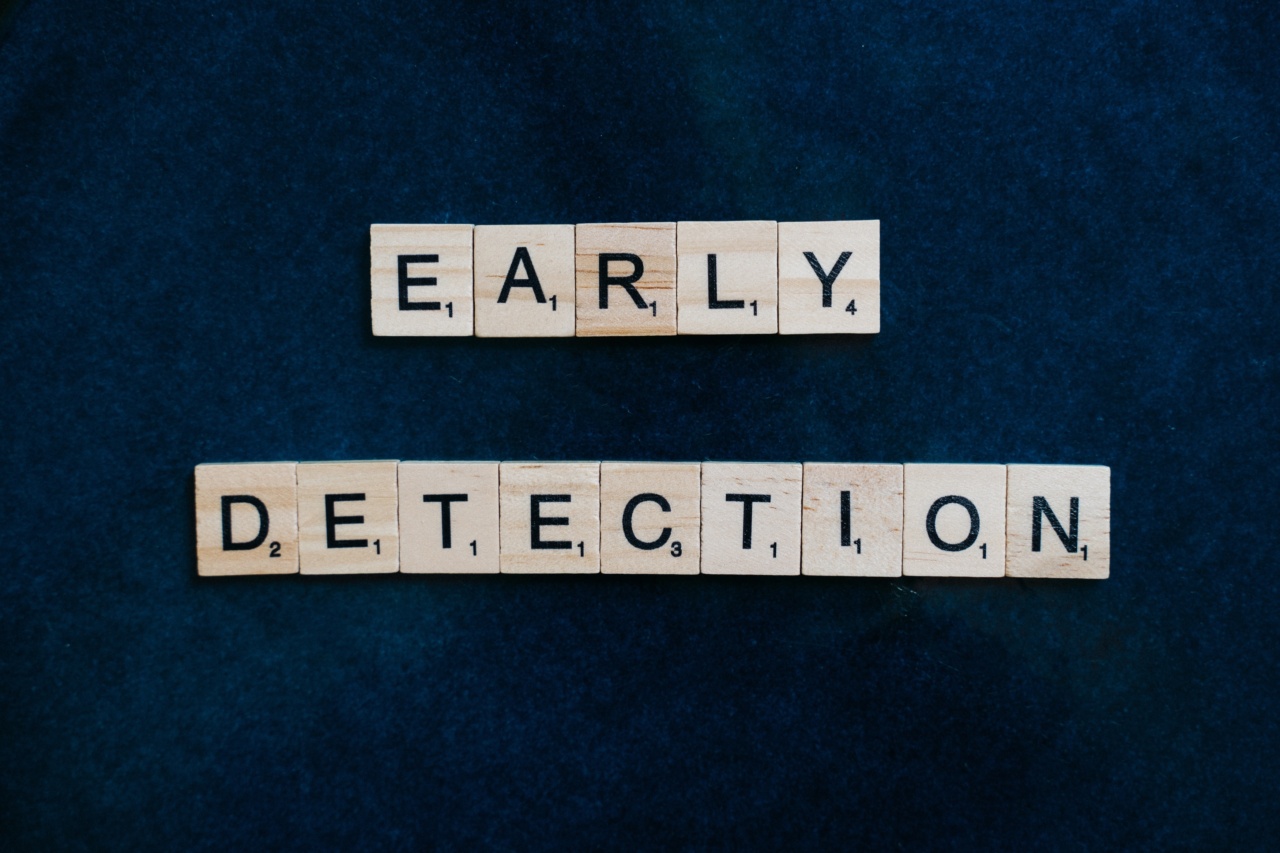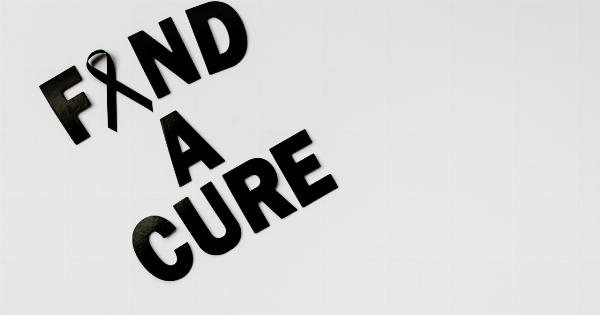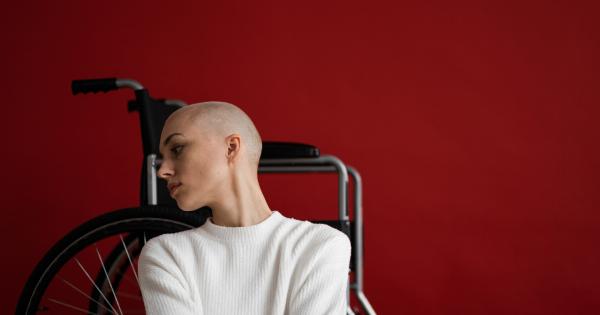Mammography is a powerful tool in detecting breast cancer, but traditional mammograms may miss up to 15% of breast cancers in women.
A 3D mammogram, also known as breast tomosynthesis, is an advanced imaging technique that offers a high level of accuracy in detecting and diagnosing breast cancer. This article will explore the benefits of 3D mammography for early cancer detection and why it is fast becoming the gold standard in breast cancer screening.
How Does 3D Mammography Work?
Unlike traditional mammography, which captures two-dimensional images of the breast tissue, 3D mammography takes a series of X-ray images from multiple angles.
These images are then reconstructed into a 3D model of the breast tissue, allowing radiologists to view the tissue more clearly and precisely. This means that even tiny abnormalities that may be hidden in a conventional 2D mammogram can be identified and examined more closely in a 3D mammogram.
Benefits of 3D Mammography
Improved Cancer Detection
The primary advantage of 3D mammography over traditional mammography is its ability to detect breast cancer early. Research has shown that 3D mammography can detect up to 40% more breast cancers than traditional mammography.
This is because the 3D images provide a clearer view of the breast tissue, allowing radiologists to detect small abnormalities that may be missed in a 2D mammogram.
Reduced False-Positive Results
False-positive results occur when a mammogram suggests the presence of breast cancer, but further testing reveals that no cancer is actually present.
These can cause unnecessary anxiety and lead to additional medical procedures that may be invasive and costly. False-positive results are more common in traditional mammography, but 3D mammography has been shown to reduce the number of false-positive results by up to 40%, leading to fewer unnecessary biopsies and other follow-up procedures.
Lower Radiation Exposure
Some women may be concerned about the radiation exposure from mammography, especially if they need to have regular screening. 3D mammography uses a low-dose radiation, which is comparable to that of traditional mammography.
However, because 3D mammography captures multiple images from different angles, the overall radiation exposure is slightly higher than that of a traditional mammogram. Despite this, the benefits of the improved cancer detection and reduced false-positive results of 3D mammography outweigh the slightly higher radiation exposure.
Reduced Need for Additional Imaging
When a traditional mammogram detects an abnormality, additional imaging such as ultrasound or MRI is often necessary to get a better view of the tissue in question.
This can be concerning for women who may experience delays in diagnosis or further anxiety. With 3D mammography, additional imaging is often unnecessary, as the tissue can be viewed more thoroughly and accurately in the 3D images.
Improved Diagnostic Accuracy
When a mammogram detects an abnormality, a biopsy may be necessary to determine whether it is cancerous. With 3D mammography, the images can be viewed in greater detail, providing a more accurate diagnosis and reducing the need for additional biopsies.
In addition, 3D mammography can help identify the location of the abnormality more accurately, making it easier for surgeons to plan and execute a mastectomy or lumpectomy if necessary.
Is 3D Mammography Right for You?
If you are due for a mammogram or have concerns about your breast health, talk to your doctor about whether 3D mammography is right for you.
While 3D mammography is generally safe and effective, it may not be suitable for women with large breasts or those with existing breast implants. Your doctor can help you determine whether 3D mammography or traditional mammography is the best option for your individual needs.
Conclusion
3D mammography is an advanced imaging technique that offers a high level of accuracy in detecting and diagnosing breast cancer.
With its improved cancer detection, reduced false-positive results, and improved diagnostic accuracy, 3D mammography is fast becoming the gold standard in breast cancer screening. If you are due for a mammogram or have concerns about your breast health, talk to your doctor about whether 3D mammography is right for you.




















